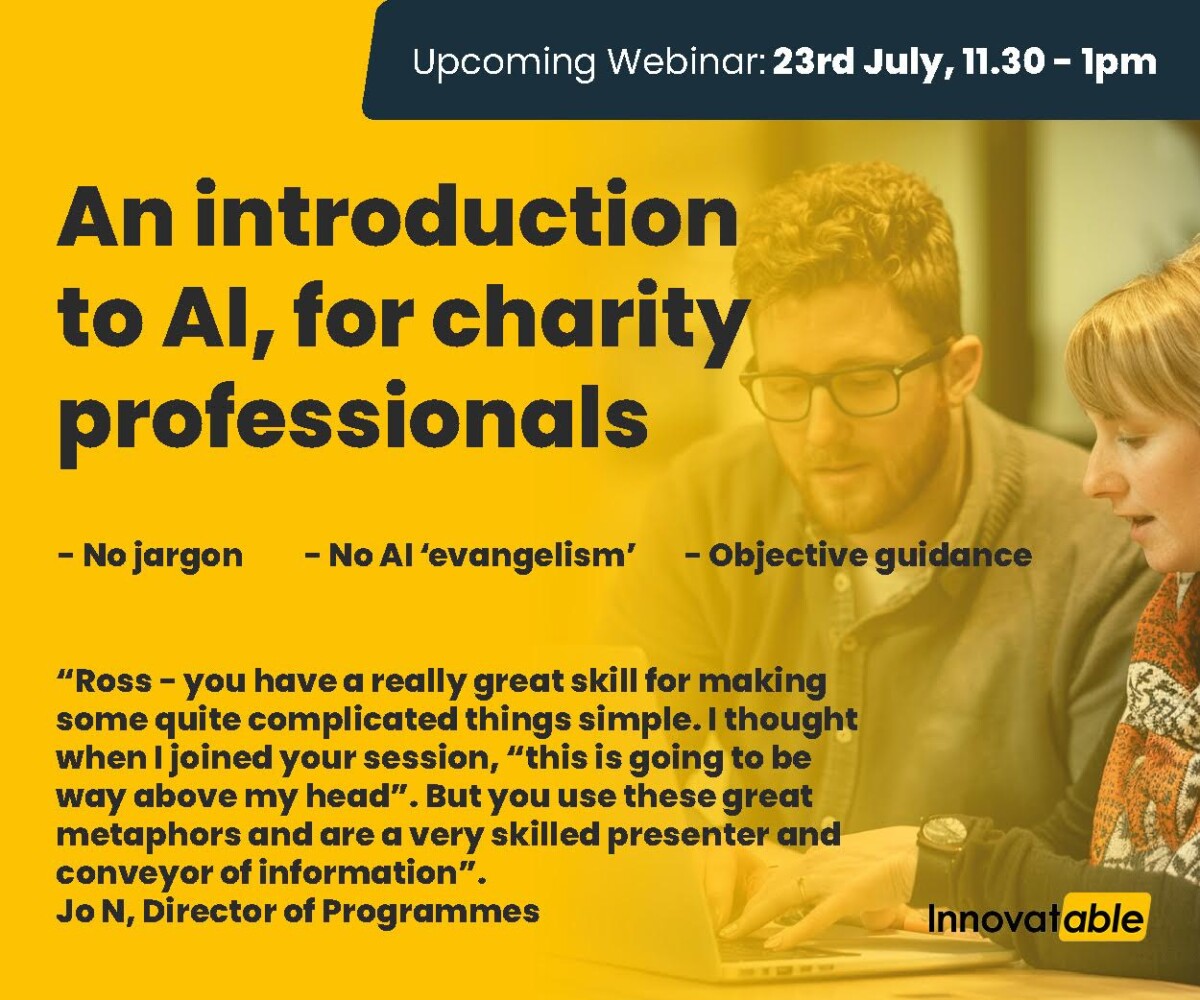9 Social Media Myth-busters & charity champions (Part 1)

On Thursday’s blog post Reporting from CFG London Members’ Meeting: Social Media and Fundraising sessions, I mentioned that Vicky Browning from CharityComms presented nine social media myth-busters and charities who are social media champions for each myth-buster.
The compelling content can now be brought to you, however for even more detail I think Vicky would still be the best person to explain and elaborate on specific aspects of the topics covered. Here we go then:
1. Social Media is free
Clearly nothing comes for free and even if your charity has a team member to manage your social media, the hours put into it count as expenditure towards your accounts. The champion for this myth-buster illustrated last Thursday was Diabetes UK and their use of Facebook. In specific, a concerned parent posts on the charity’s page about her son’s blood glucose levels and the active community there helps by offering advice. The charity then shares the story with a strong “call-to-action” message for funding towards their research and link for donation. Simples!
Advertisement
2. A Facebook page is a social media strategy
It’s pretty much self-explanatory that having a Facebook page won’t put you into the social media map, especially when you set it up just for the sake of it and updates are as scarce as sunny days in Britain… Champion here was a small charity calledGingerbread and its outstanding holistic approach on social media. They provide expert advice, practical support and campaign for single parents – a single look into their social media presence and how they interact with supporters there constitutes a case study into social media best practice!
3. You can’t control social media
At that time an image of Hulk came up on the screen, very representative of how difficult social media are to control, even more when you are a charity and support sensitive causes. Even more interestingly, apart from the champion example of Breast Cancer Care and their control over social media activity, we were presented with an example of bad practice.
A mental health charity took offence when a journalist of a popular newspaper tweeted nagging about depression and how real the condition is. Instead of sparking a debate, the charity condemned the journalist and ignited a storm of abusive tweets on the journalist’s Twitter account. In the end, the charity ended up looking like the bad guys.
4. You can’t fundraise on social media
Vicky was lucky enough to present after Anne-Marie Huby of JustGiving and Catherine Miles, Fundraising Director of Anthony Nolan Trust. They both busted this myth using very descriptive statistical details on successful fundraising campaigns run on Facebook and other platforms (some of these were shared on the previous blog post).
For the record, her example of charity social media champion for this myth was the MS Society and she shared their YouTube video “Join the fightback”.
5. We must have a presence on all the latest channels
No. Definitely not. You’ll hear from consultants that you need to get your charity online to as many places as possible (by the way, Wikipedia articles are great for SEO) however you do not have to be everywhere. There are dozens of decent social media opportunities but for fundraising at least, Facebook and Twitter would be more suitable than other available options.
Charity social media champion here: WSPA Animal Protector, the personalised page you get when you become WSPA supporter – a third sector excellence award winner.
Trying to keep blog posts short and interesting, I shall wrap this up here and conclude with the last 4 social media myth-busters at the next blog post. If you want to explore in more detail compelling content on all communication-related charity material do give the CharityComms website a visit, there are some great resources there.



